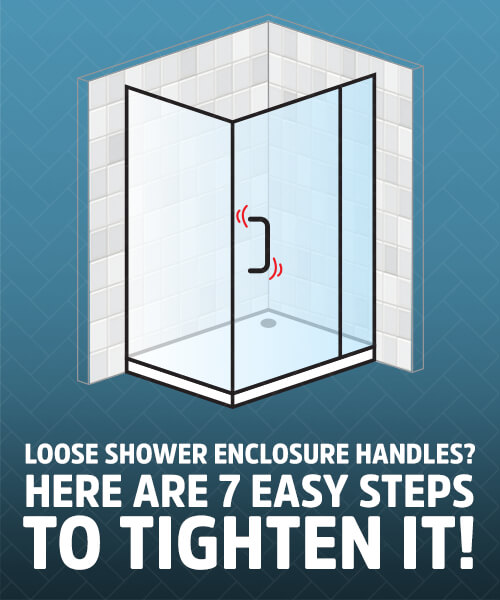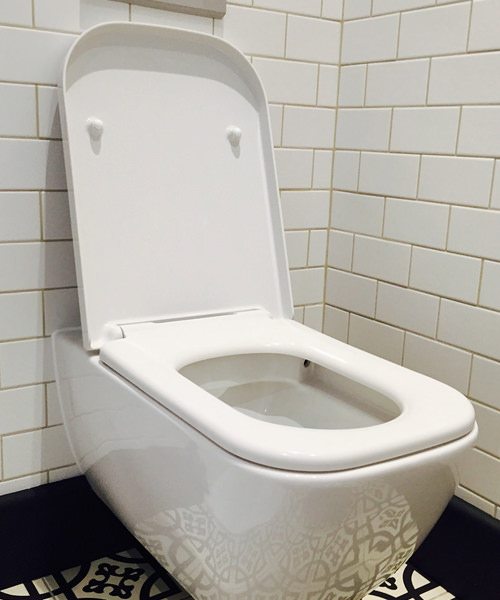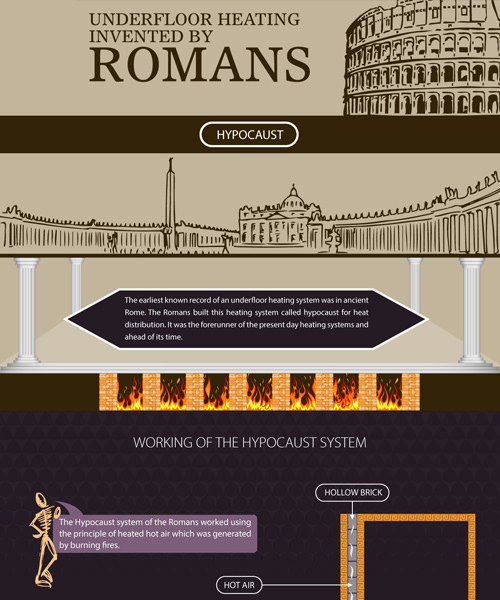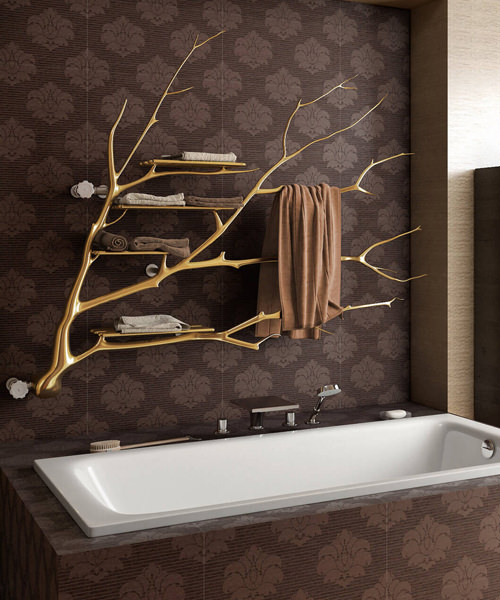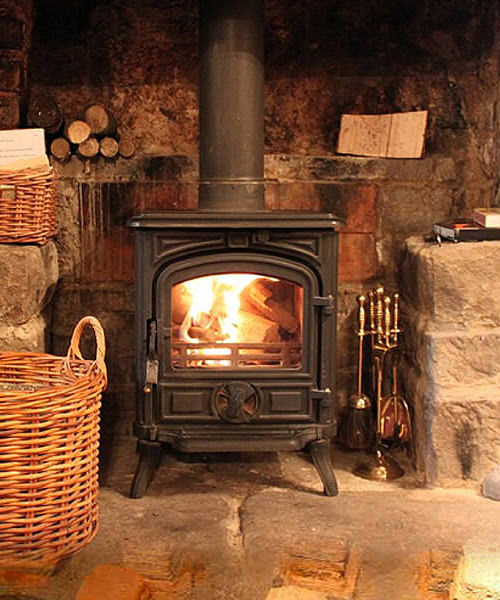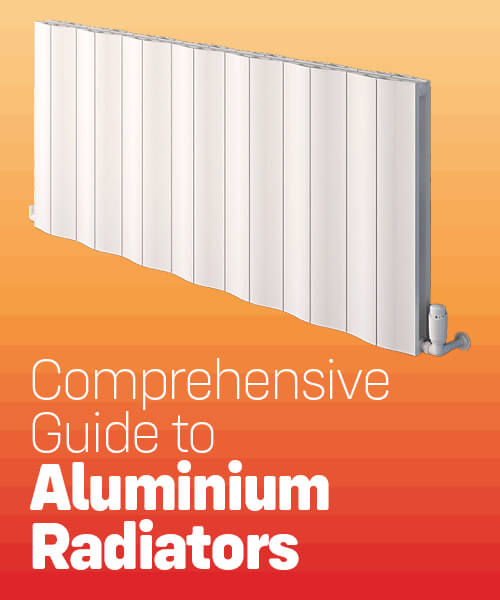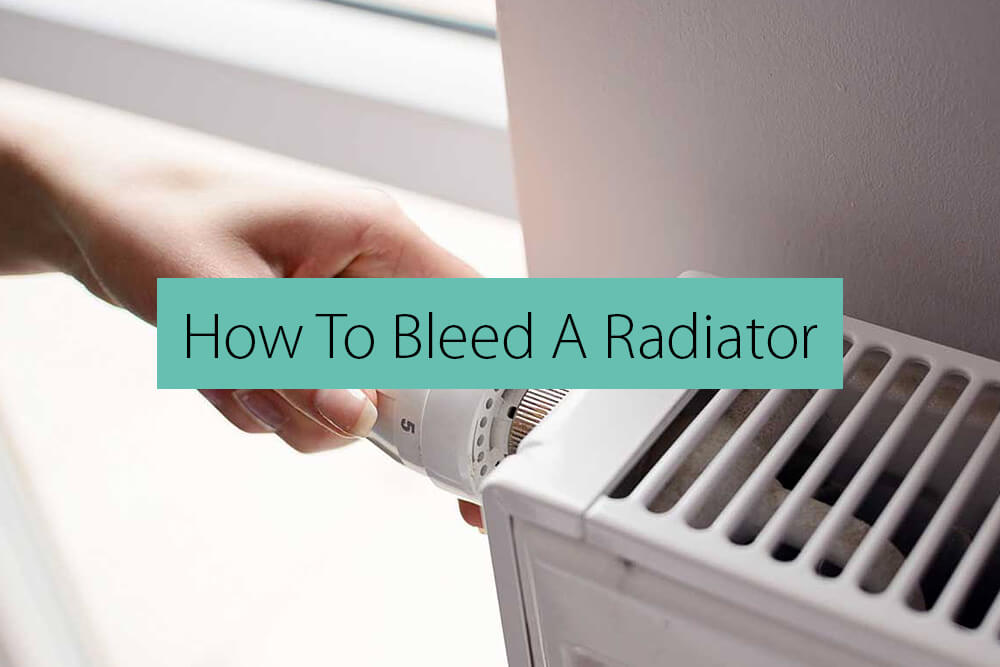
Have you been running your home heating but still find the house is not warm enough? Once you’re certain the heating is actually turned on and that your radiator is only partially warm it’s time to take action. But what could the problem be and what should you do about it?
Possible Problem
The problem with radiators is that sometimes the air gets trapped inside and this causes the appliance to not function properly. Whether your faulty radiator is giving off mediocre heat or simply cold, if you have it turned on there is a good chance it’s using energy and that energy costs you money for nothing but a cold house! The problem with your heating could quite possibly be rectified by simply bleeding the radiator.
How to Bleed a Radiator
When a radiator has trapped air that air can create a pocket at the very top of the appliance and this prevents the hot water from reaching that particular area of the radiator. When you bleed the radiator you will let all the air out which will then allow the hot water to come up. If your particular radiator uses a sealed pressurised heating system you must engage a plumber to perform the work. Furthermore, if you feel that you are not so handy around the home it could be a good idea to call a plumber in that case too.
Below is a video guide featured by British Gas, which demonstrates how to bleed a radiator in 4 easy steps.

DIY
If you have an open vented heating system there are a few basic tools you need that will enable you to let the air out of the radiator. One particular tool you will need is aptly named a radiator key. You will find this specific tool in virtually any hardware store. Next, prepare to protect the area around the radiator from water. Old rags or towels are the perfect choice. Ensure the radiator is turned off before proceeding.
Now inspect the top of your radiator and locate a small valve. This valve is the air bleed valve that will release the air from the appliance. The radiator key can now be used to gently turn the valve to let the trapped air out. Before long you will hear a hissing noise which is the air being released from the system. Depending on how much air is trapped will determine how long the hissing will continue. Expect at least a few seconds to half a minute. Once water begins to seep from the valve you must tighten the valve up. Remember, it’s important to not bleed the radiator while it is turned on.
With the bleed valve now tightened back up you are free to turn the heating on and experience efficient and effective heating once more. As mentioned earlier, sealed systems are best left to plumbers as there are more steps involved in the process. If your heating is failing regularly this could be a sign that your system has bigger problems. Instead of bleeding your radiator often you should call in a plumber to inspect it and fix the underlying issues. That way you will keep your home safe and your heating system well maintained.

